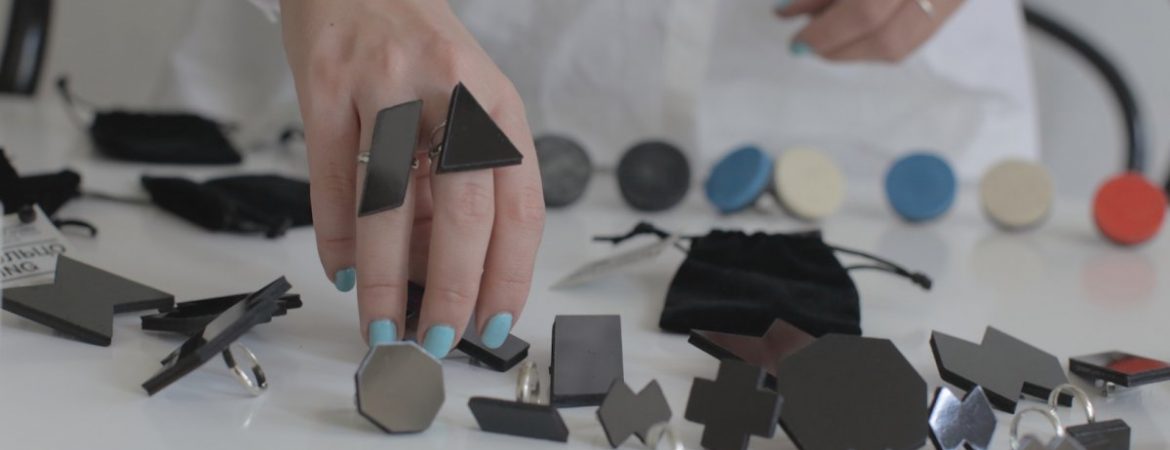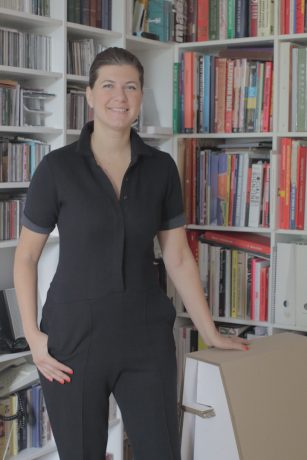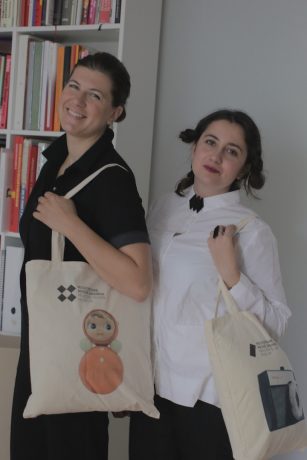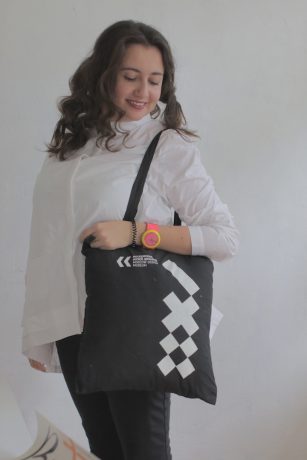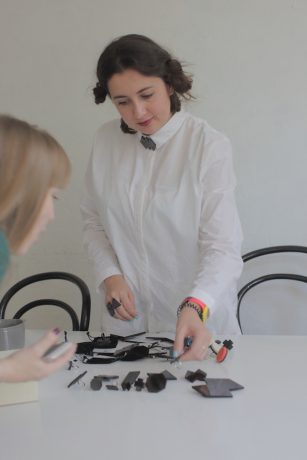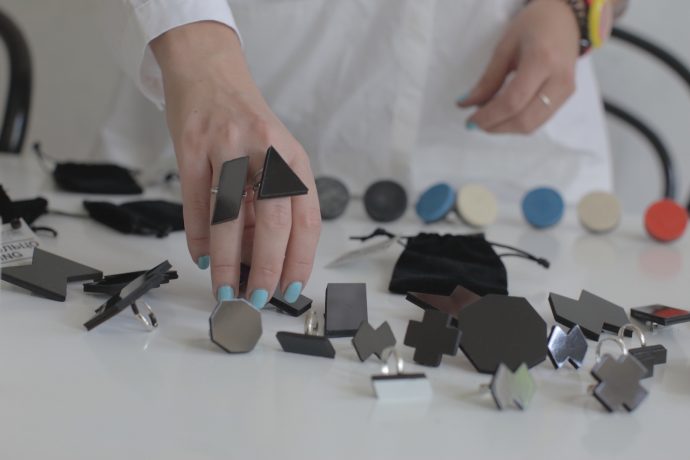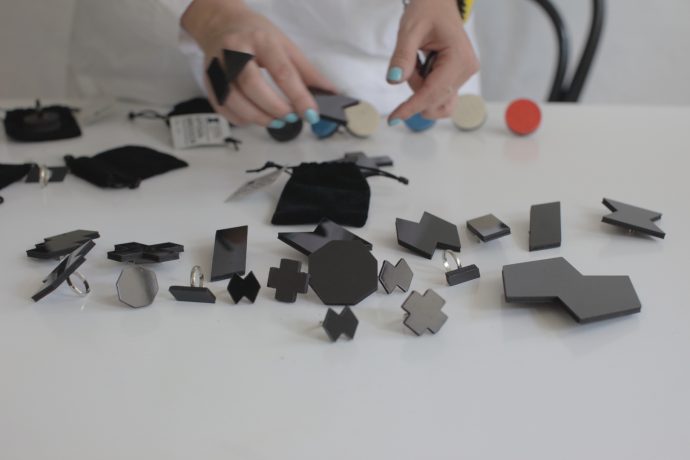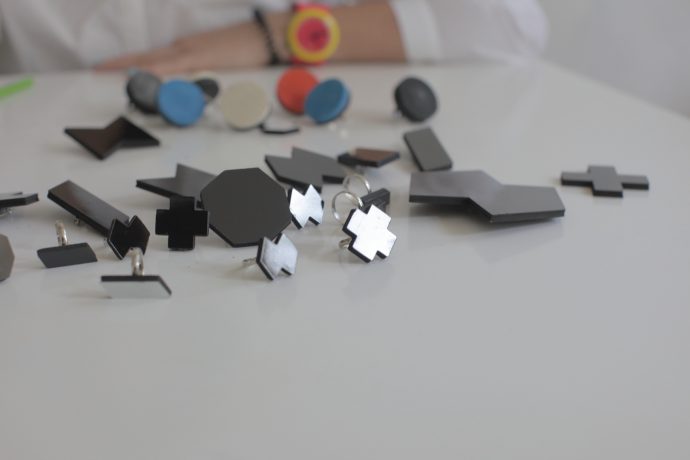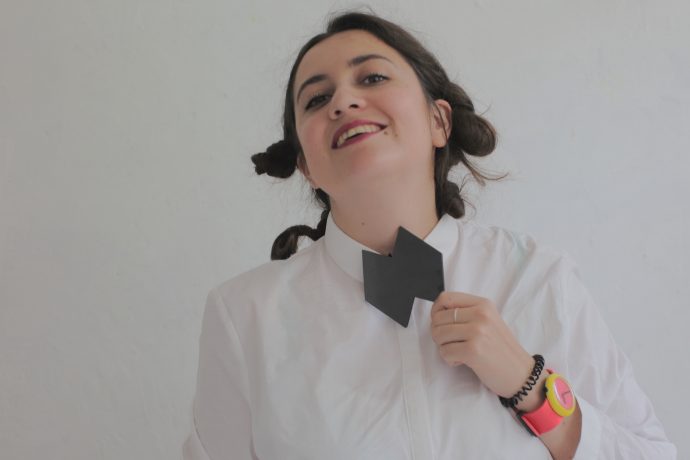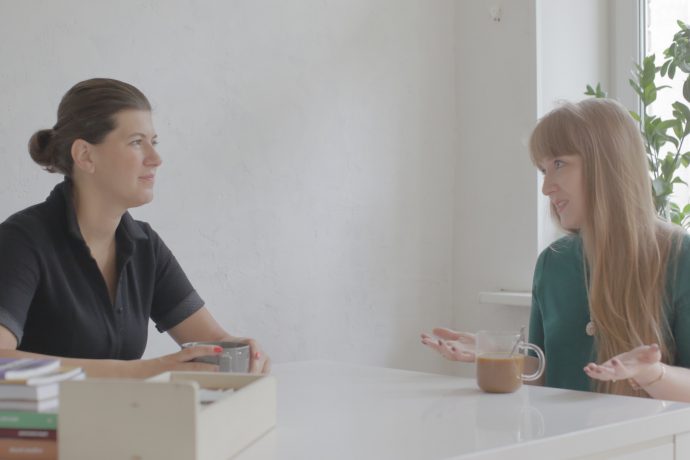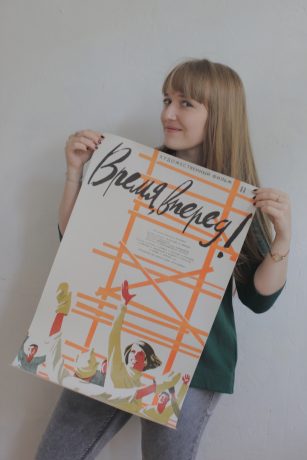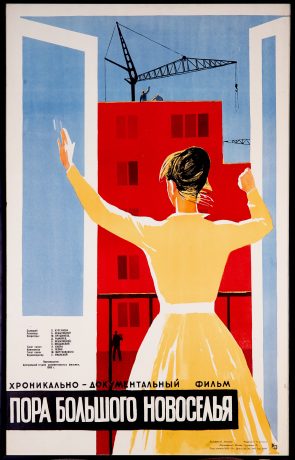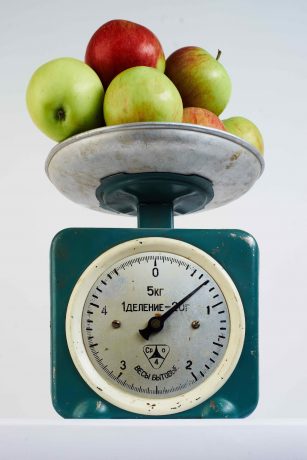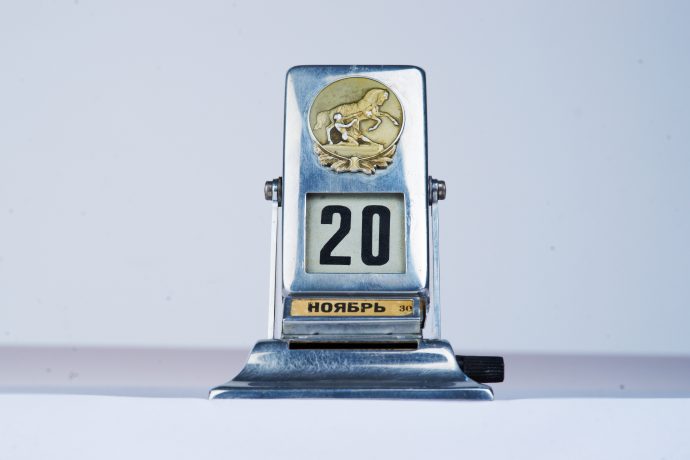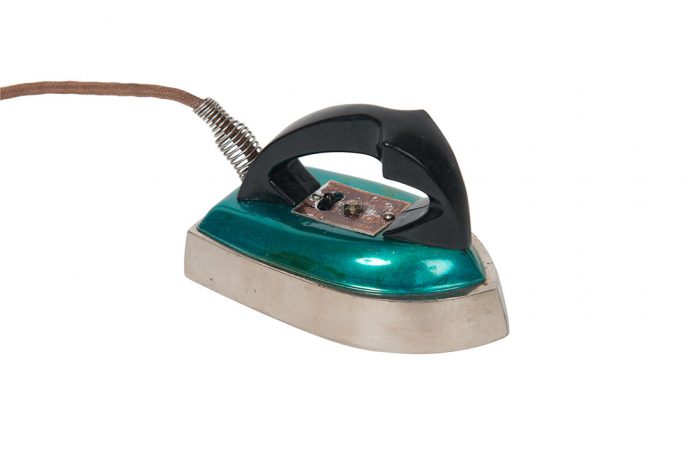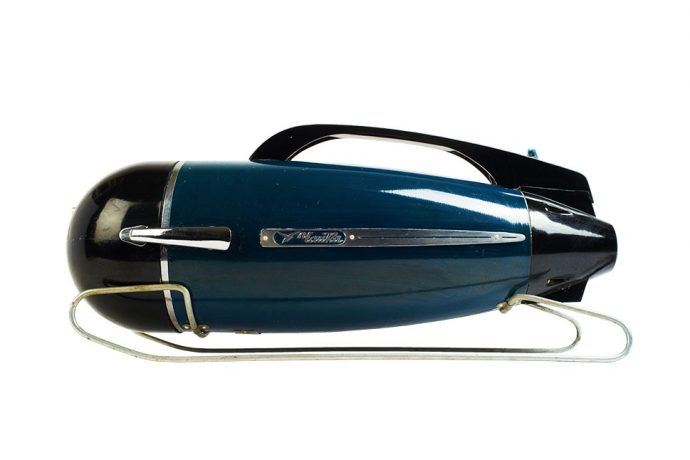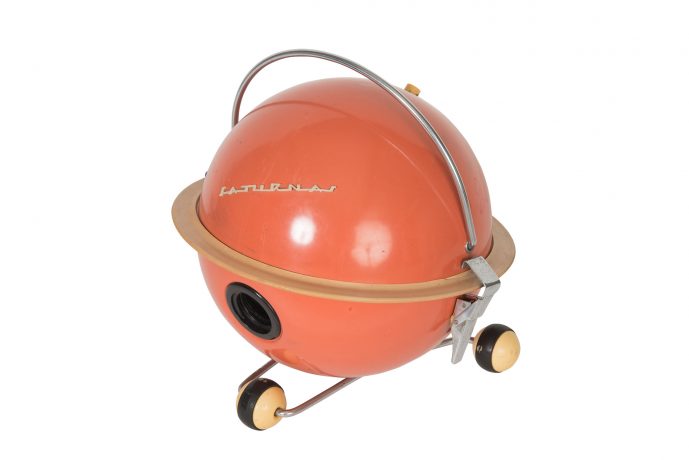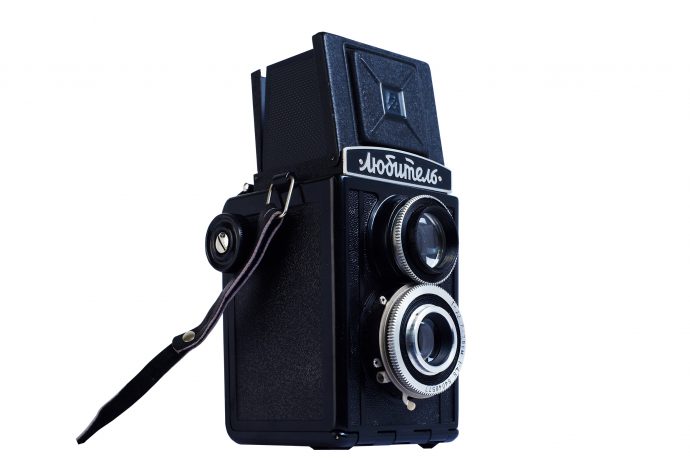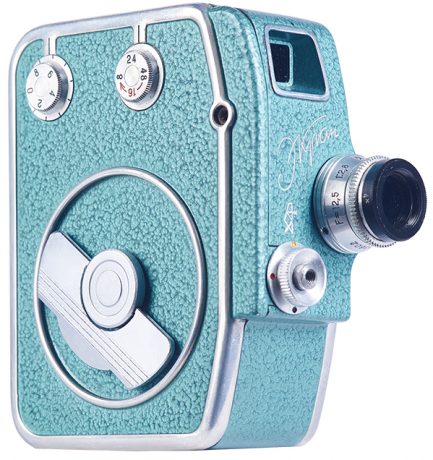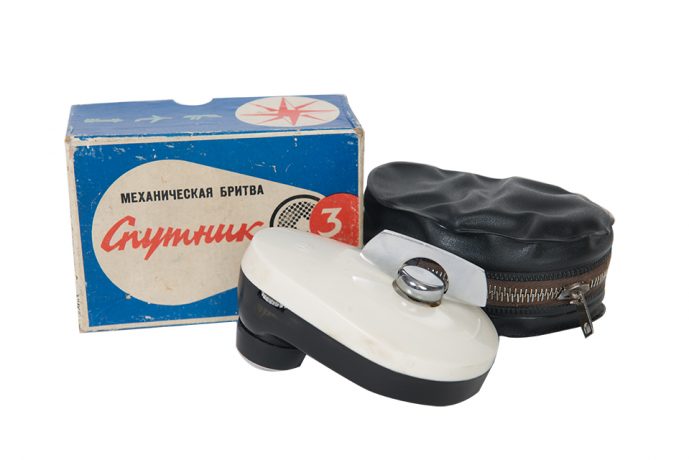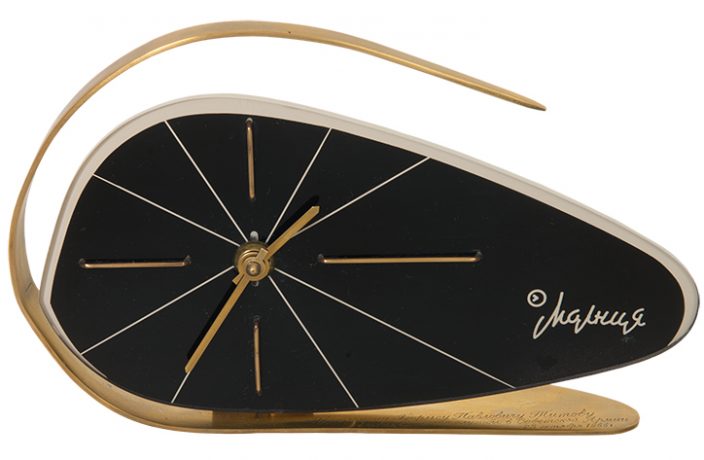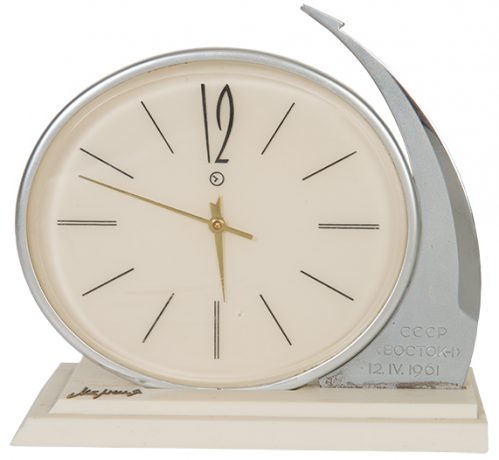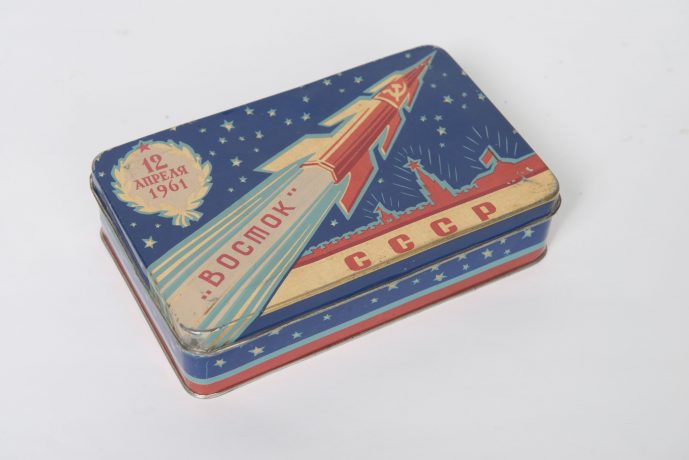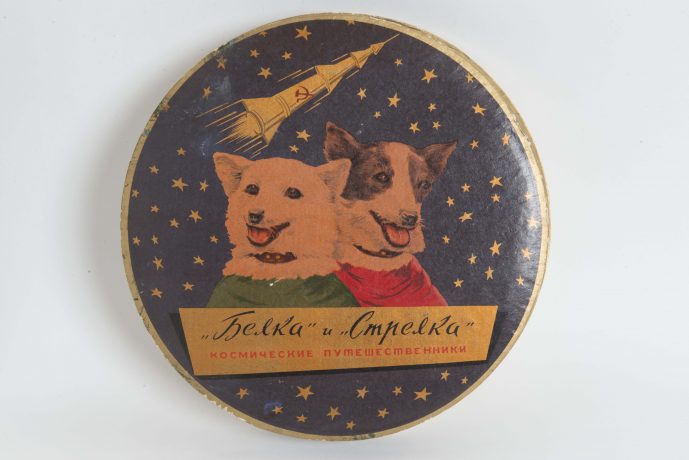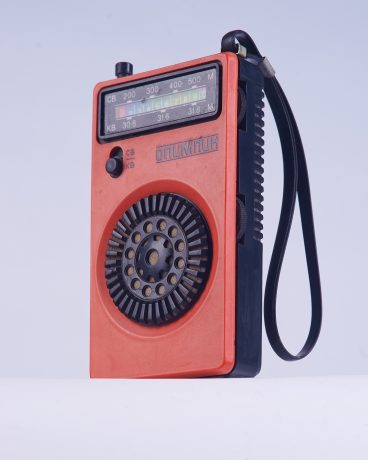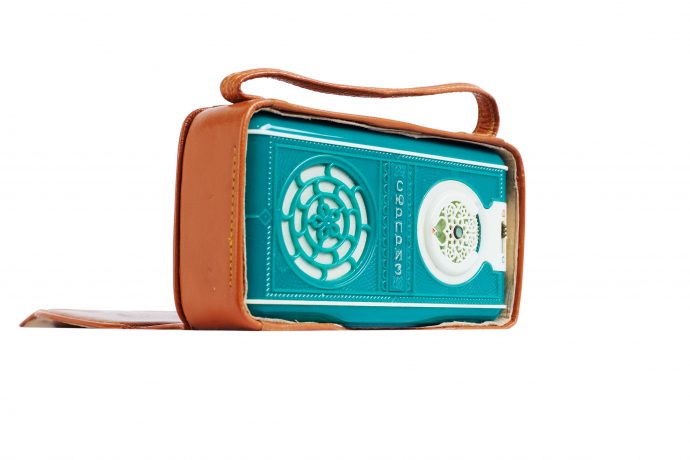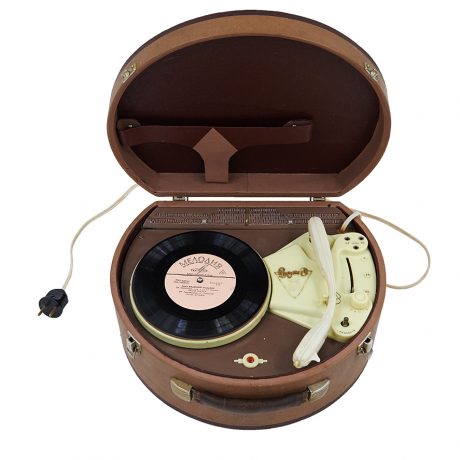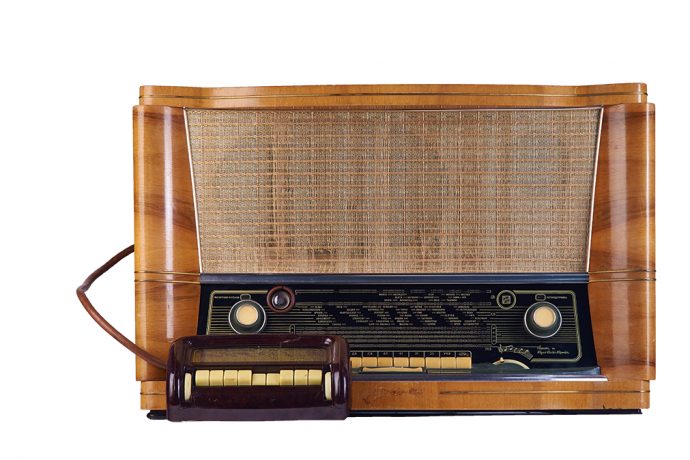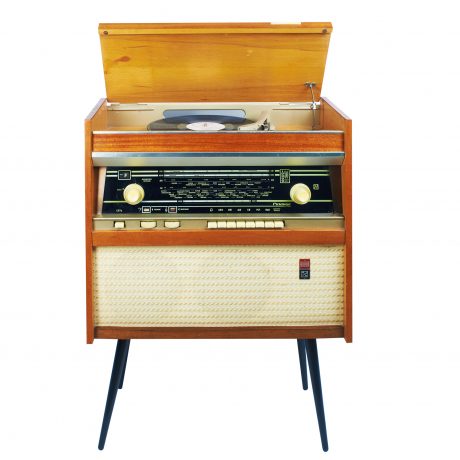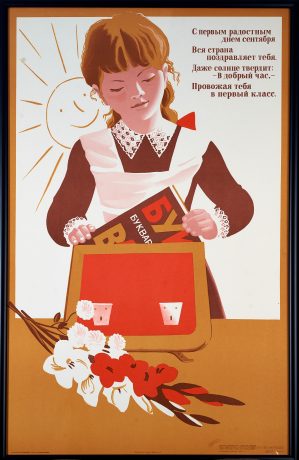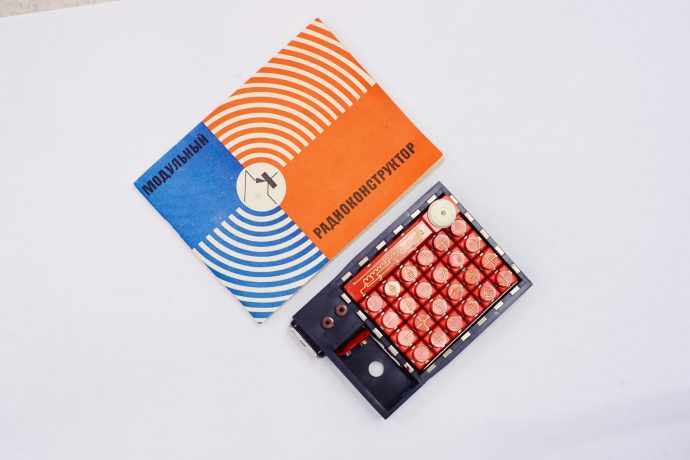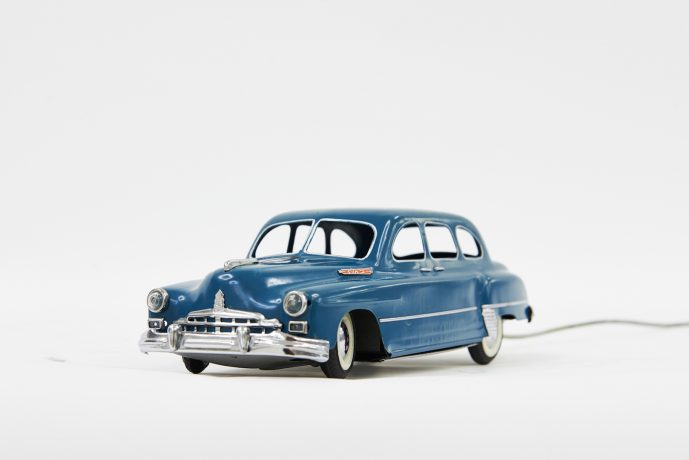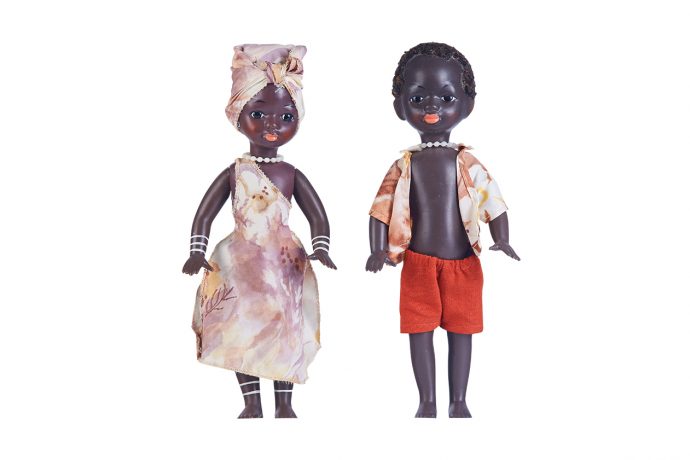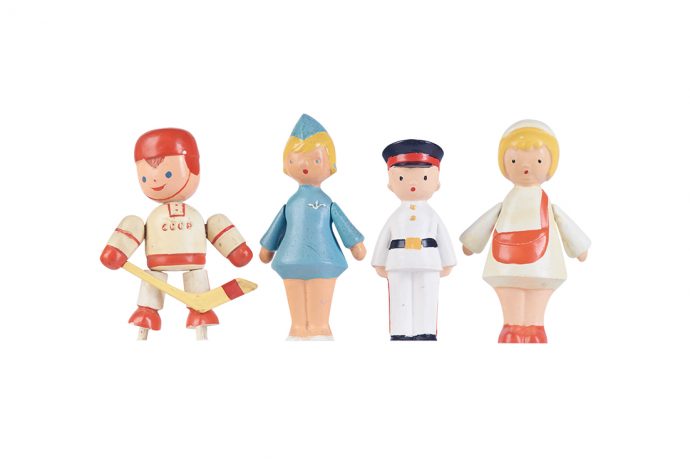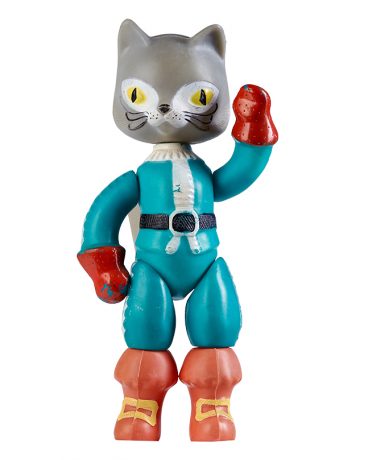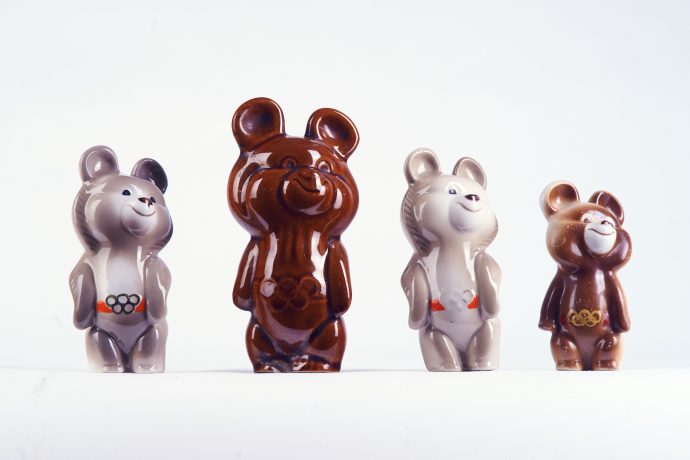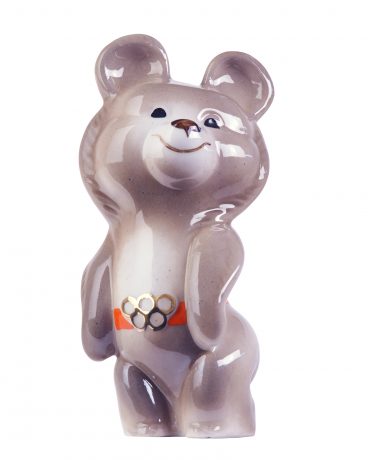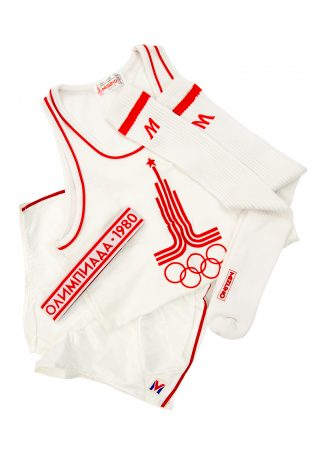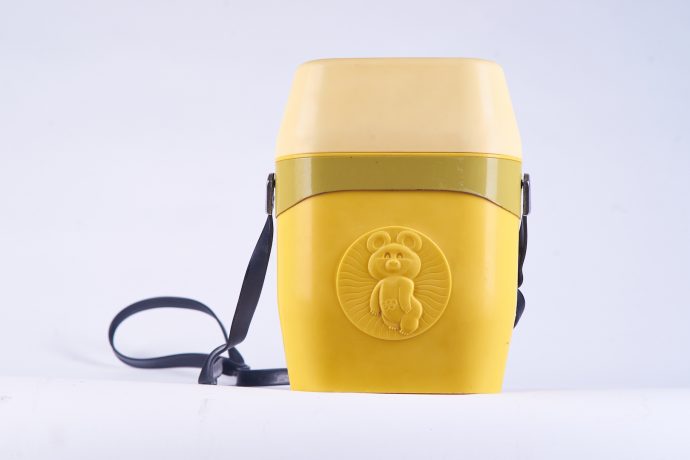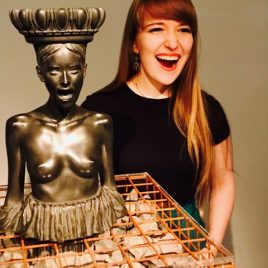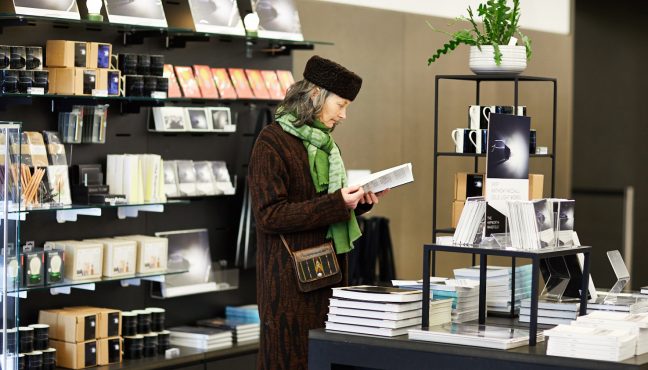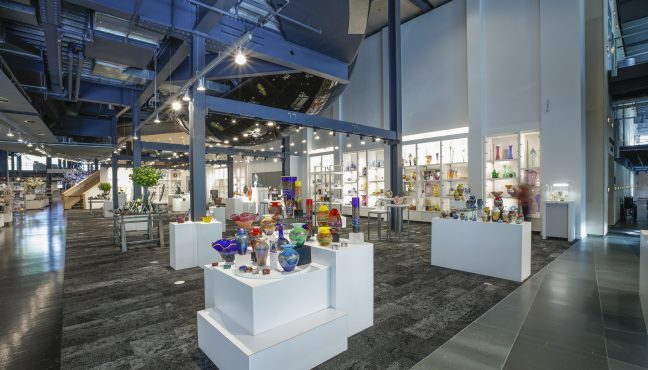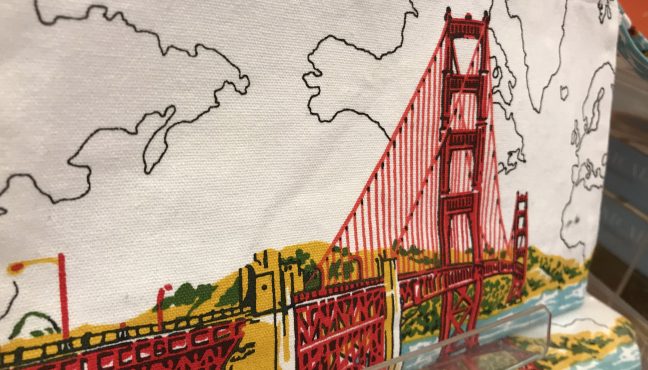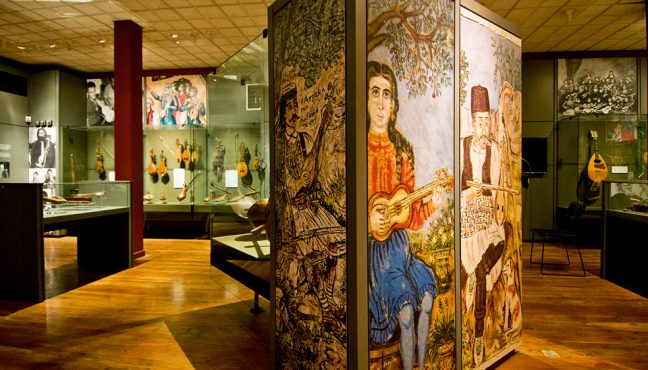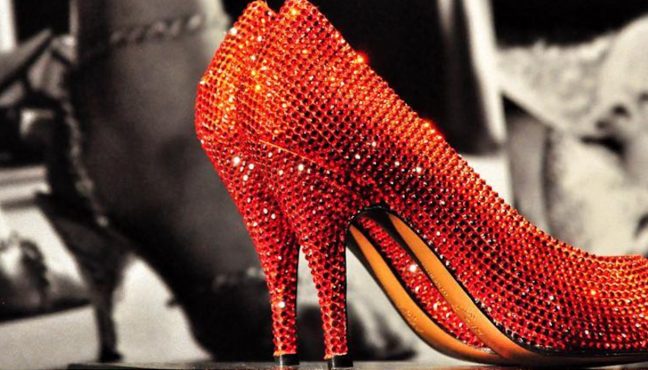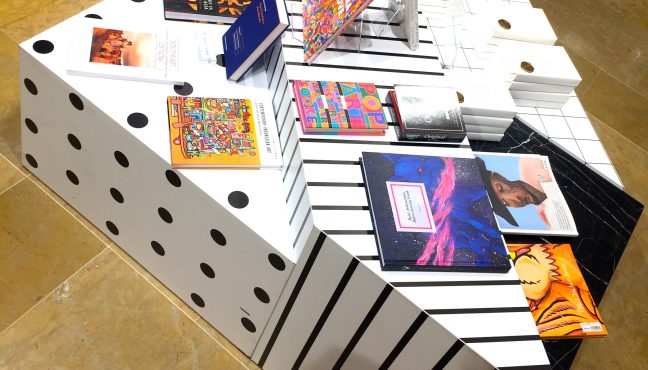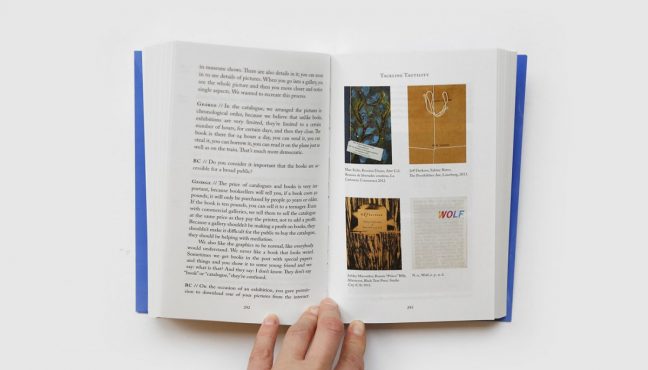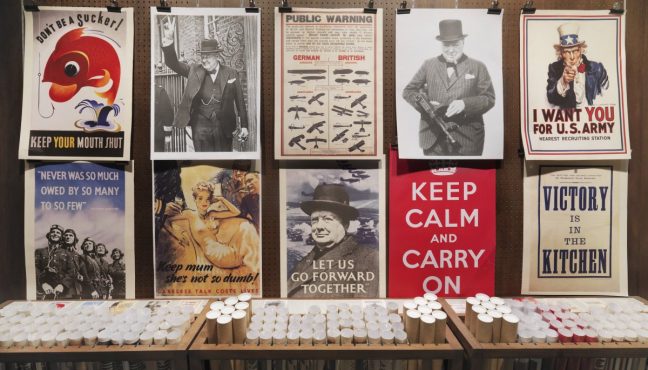It is always great when a museum creates souvenirs, but when a design museum does that, we get particularly excited. TOUCHing Moscow Design Museum rings, brooches and bracelets, it becomes obvious that all items are inspired by architects, designers and sculptors, who always look for black squares, white spheres – simple forms and colors. We met Alexandra Sankova, Director of the Moscow Design Museum and Natasha Pozhidaeva, who creates museum souvenirs, before they left for London Design Biennale September 7 – 27 to talk about the museum, their products, challenges of deciding what “design” is – art, craft or industry - and so much more.
Shapes and colors of your items are absolutely perfect for any architect or designer, since we all know, how difficult it is to find that very black t-shirt or necklace. Is it because your colleagues are mostly designers and architects themselves?
Alexandra Sankova: It is because we have a great team – small, but going strong. Everyone who works at the Museum studied Industrial Design, Architecture, Art history… I myself graduated Stroganov Moscow State University of Arts and Industry as a Graphic Designer, so all my colleagues are my friends, we have been creating projects together while studying, so of course we create things that we would wear ourselves. While the museum doesn’t have a permanent home, we cannot afford a vast line of products.
How did it all begin with the museum?
In 2012, I was working at the Dutch Embassy’s Cultural Department in Moscow. In that period I overheard endless discussions on weather Russia needs a Design Museum, but no one seemed to be doing anything. Together with my longtime friend Nadezhda Bukuradze we decided to try. We managed to meet hundreds of Russian designers, who were our friends, our friends’ friends, and our parents’ friends, designers, architects or artists, who were ready to donate their design archives to a future museum. Museum’s first home was supposed to be in a greengrocery. We knew a very flamboyant 87-year-old man, who was living in a fruit kiosk by the embassy and we decided to kill two birds with one stone – help a man, whose house was demolished by the city and to get a home for a museum. So we offered to buy the kiosk and make him the director of a Design museum, but he took so long to decide, that we moved on to another idea (museum in a horse-carrier) while he moved into his new apartment that he managed to get from the government. Then Stepan Lukyanov (MDM art director) came up with the idea of a mobile museum in a bus. Having quite a vast collection already, we decided to go public. After the successful presentation we met with Marina Loshak (back then – director of the Moscow Manege Exhibition hall, situated right by the Kremlin), she invited us to exhibit in Manege. We were so excited about moving into a historical, fantastic building in the center of Moscow, that we postponed our idea of a mobile museum. We held a very popular “Soviet design” exhibition, had 3 other projects, but then Loshak left Manege and we were evicted. So now we are a traveling museum with no bus though, but we are working on it. We plan to create an exhibition in a train carriage to travel all over Russia.
It must be difficult to talk about design, especially Soviet design, with a Russian audience – no one even used the word "design" in the USSR…
That is why books are an important part of any exhibition’s accompanied products. Moscow Design Museum enlightens visitors in Russia and all around the world about the history of Russian (Soviet) design. All these books on my table are by Selim Khan-Magomedov, who was an expert, art historian, researcher, who basically rediscovered Russian avant-garde. In Soviet times he was published outside of the country, although he was the head of History and Theory of Design and Art Engineering at Scientific Research Institute of Technical Aesthetics. For now this institute is barely known, but actually it is one of the most important theoretical design schools, standing in one line with Bauhaus, International School of Ulm. Their theoretical research and innovative department was working on projects about the future of design. Soviet design was nameless, no one knew the people, who created items virtually everyone was buying. Lacking free market, everything was state-owned with no competition, individuality was not appreciated even in design. In Europe or in America a designer could become a well-known, wealthy artist. While in the USSR most products were made over and over again and the main criterion was sustainability. This is Soviet Style – unbreakable, simple things. But even in those conditions artists were creating things for mass production that are now unique design items.
What museum items are the most popular abroad?
Gena the Crocodile, as well as Volga car, and vacuum cleaners that look like space ships.
Do you work with contemporary designers?
Of course, we show the entire history of the Soviet design and link it to today’s artists. We work with contemporary designers – Stepan Lukianov (art director) creates our publishing and exhibition design, Anna Astakhov, Dima Makonnen, Natasha Shendrik work on visual materials for educational programs and special events, Tagir Safayev created our corporate font, LAVA studio developed our identity, while Natasha Pozhidaeva makes all our souvenir products.
Natasha, a question for you, do you create special editions for exhibitions?
Yes, we work on various products for every exhibition, but what you see here is a part of our permanent collection. It was inspired by our logo. All rings, brooches and bracelets are our symbols together with the logo. Also we make bags, pins, posters, magnets – traditional museum souvenirs for every exhibition.
Alexandra: Natasha is a part of our team, our in-house designer, we met her at Strelka after our Pecha Kucha event. It was actually funny, because we were there together with two grand museums – Garage Museum of Contemporary Art and Muzeon. After the presentations everyone was asked – what are your main challenges as an institution. Garage and Muzeon representatives said that everything is more or less ok, and then we said that we don’t have a permanent home, the budget is not sufficient, an most importantly – we are short-staffed, so I made a call for volunteers. That’s when I met Natasha, who was studying at my native Stroganov Moscow State University, we have been working ever since. Now she already have her own design studio PKstudio and she collaborates with us on various projects including souvenir production.
Natasha: In Russia museum shops are rarely financially successful, it is rather a place where you can actually TOUCH something.
Alexandra: We have 3 grand dreams: collect all design archives, so please if anyone, who reads this article, has any items, connected to the history of Soviet Design laying at your dachas, please bring the items to us and we will give them a new life. Find a permanent home and create tactile copies of various items, so visitors could feel what Russian / Soviet design is. My 6 years old son often asks me: “Mom, when you’ll have a museum with a permanent collection, would you allow me to touch everything?” So sensorial experience in a museum is very important and museum shops can only partially satisfy this urge for touching museum objects.
Natasha: But our line of products will grow!
What objects are you bringing to the London Biennale?
Natasha: We will bring posters, bags and items inspired by our permanent collection.
Our London Museeum colleagues will definitely visit the Biennale and Days of Russian design at Somerset house. And together with Alexandra’s son we are hoping to visit Moscow Design Museum in their own building and TOUCH tactile copies and various museum shop items!
